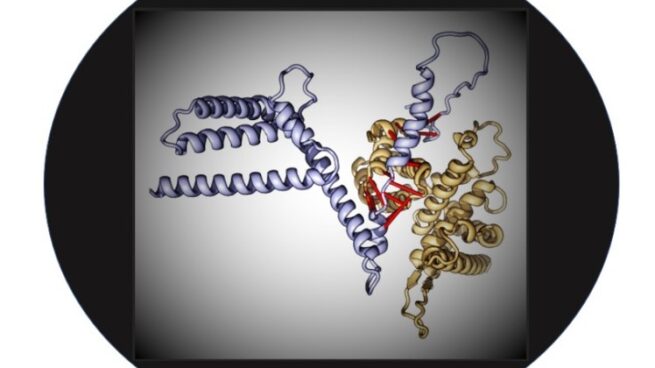About
Eric Horvitz serves as Microsoft’s Chief Scientific Officer. He spearheads company-wide initiatives, navigating opportunities and challenges at the confluence of scientific frontiers, technology, and society, including strategic efforts in AI, medicine, and the biosciences.
Dr. Horvitz is known for his contributions to AI theory and practice, with a focus on principles and applications of AI amidst the complexities of the open world. His research endeavors have been direction-setting, including harnessing probability and utility in machine learning and reasoning, developing models of bounded rationality, constructing systems that perceive and act via interpreting multisensory streams of information, and pioneering principles and mechanisms for supporting human-AI collaboration and complementarity. His efforts and collaborations have led to fielded systems in healthcare, transportation, ecommerce, operating systems, and aerospace.
Beyond his scientific work, he has pursued programs, organizations, and studies on ethics, values, and safety with applications and influences of AI. He founded and chairs Microsoft’s Aether committee (opens in new tab) on AI, effects, and ethics in engineering and research. He established the One Hundred Year Study on AI (opens in new tab) at Stanford University and co-founded and serves as board chair of the Partnership on AI (opens in new tab) (PAI). He served as a Congressionally appointed commissioner on the National Security Commission on AI (opens in new tab), where he chaired the line of effort on ethical and trustworthy AI.
Dr. Horvitz received the Feigenbaum Prize and the Allen Newell Prize for his fundamental contributions to the science and practice of AI. He received the CHI Academy honor for his work at the intersection of AI and human-computer interaction. He has been elected fellow of the National Academy of Engineering (opens in new tab) (NAE), the Association of Computing Machinery (opens in new tab) (ACM), Association for the Advancement of Artificial Intelligence (opens in new tab) (AAAI), the American Association for the Advancement of Science (opens in new tab) (AAAS), the American Academy of Arts and Sciences (opens in new tab), the American College of Medical Informatics (opens in new tab), and the American Philosophical Society (opens in new tab).
He currently serves on the President’s Council of Advisors on Science and Technology (opens in new tab) (PCAST) and advisory boards of the Allen Institute for AI and Stanford’s Institute for Human-Centered AI (opens in new tab) (HAI). He served as president of the AAAI, as a board member on the Computer Science and Telecommunications Board (opens in new tab) (CSTB), and on advisory committees for the National Science Foundation (opens in new tab) (NSF), National Institutes of Health (opens in new tab) (NIH), Defense Advanced Research Projects Agency (opens in new tab) (DARPA), and the Computing Community Consortium (opens in new tab) (CCC).
He received Ph.D. and M.D. degrees at Stanford University. Before moving into the role of Chief Scientific Officer, he served as director of Microsoft Research overseeing research labs in Redmond, Washington; Cambridge, Massachusetts; New York City, New York; Montreal, Canada; Cambridge, United Kingdom; and Bangalore, India. More information can be found on his home page (opens in new tab). A selected list of publications can be found here (opens in new tab).
Featured content

AI Anthology
Recent advances in AI have sparked both wonder and anxiety as we contemplate its transformative potential. AI holds enormous promise to enrich our lives, but this anticipation comes intertwined with apprehensions about the challenges and risks that might emerge. To nurture a future where AI is leveraged to the benefit of people and society, it is crucial to bring together a wide array of voices and viewpoints.

Applications for artificial intelligence in Department of Defense cyber missions
On May 3 Eric Horvitz, Chief Scientific Officer, testified before the U.S. Senate Armed Services Committee Subcommittee on Cybersecurity for a hearing on the use of AI in Department of Defense cyber missions.

A Leap Forward in Bioscience
Breakthroughs in the sciences have been powered by tools that advance our ability to see and understand. In biology, great inflections followed the advent of the optical microscope of Antonie van Leeuwenhoek, the electron microscope, x-ray crystallography, gene sequencing, and high-dimensional microarrays. I’m excited about directions forward with the rise of the computational microscope. A leap forward in bioscience, reported in Science this month, gives us a glimpse into the possibilities.

A promising step forward on disinformation
“What can we do?” Those words continued to echo as I returned home from the World Economic Forum in Davos in early 2019. The director of a major news organization asked me that question point blank after we reviewed several deepfake videos together at a meeting I had arranged with him to discuss efforts being made by Microsoft’s Defending Democracy Program. The videos demonstrated how AI and graphics could be harnessed to generate persuasive, realistic renderings of political leaders saying things they had not said.

